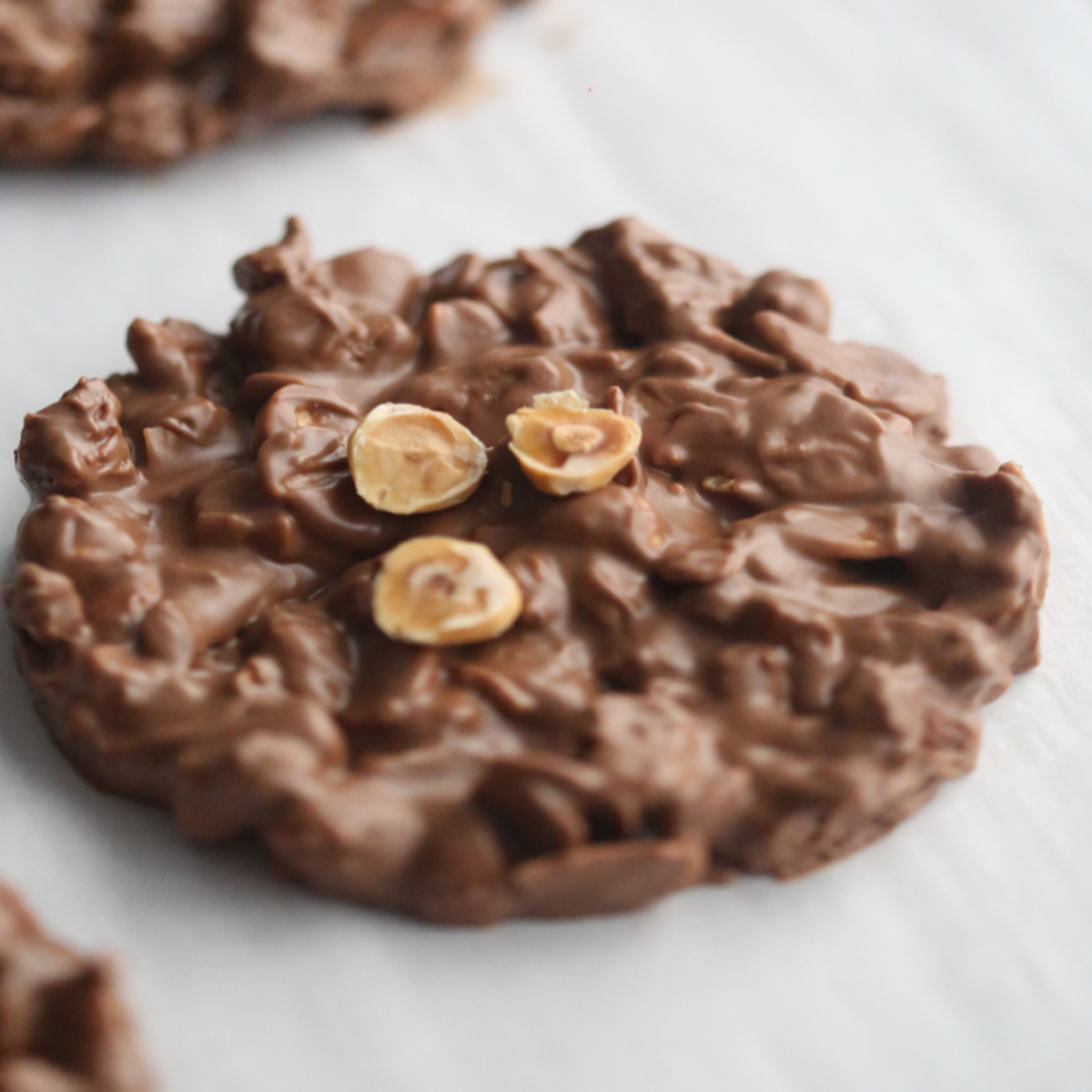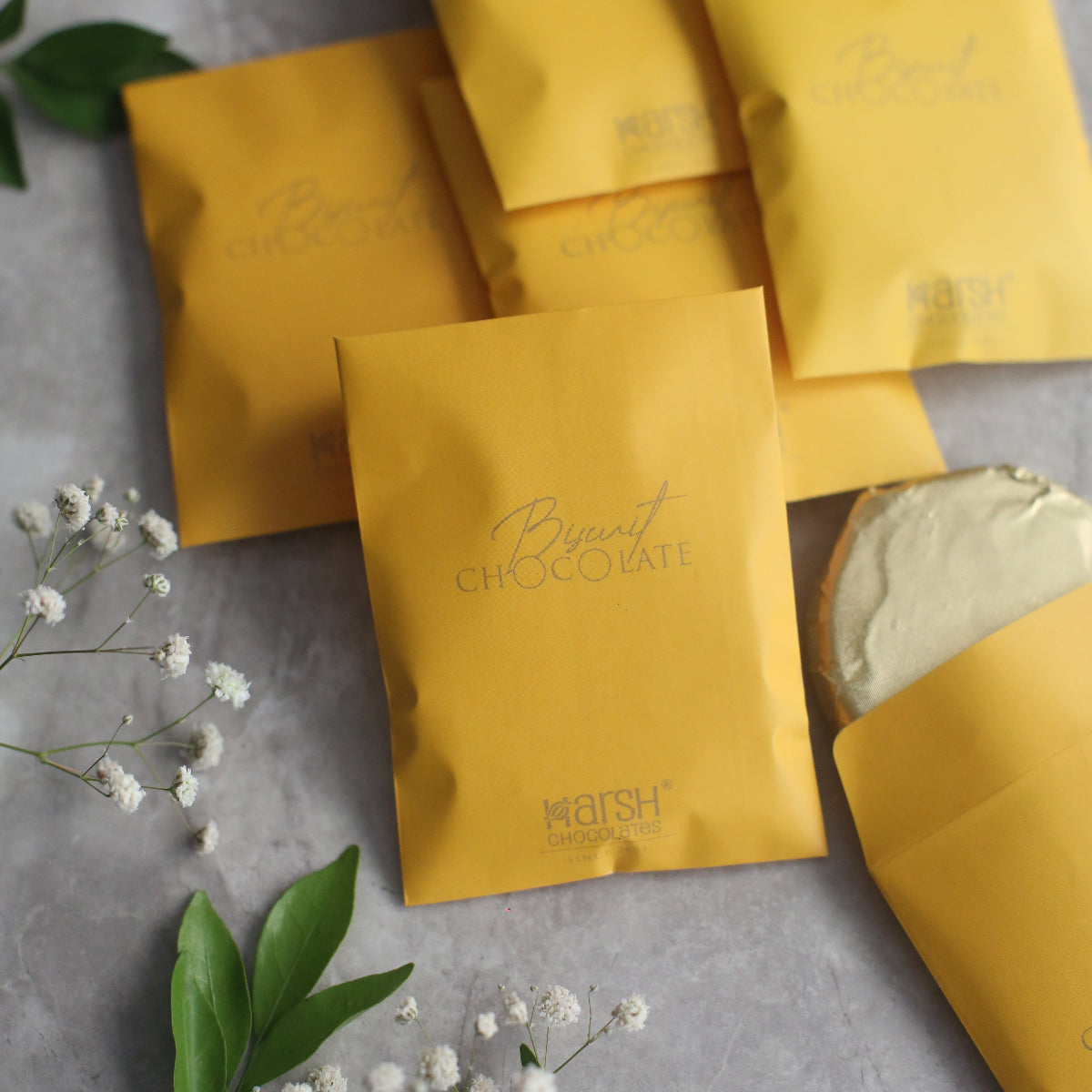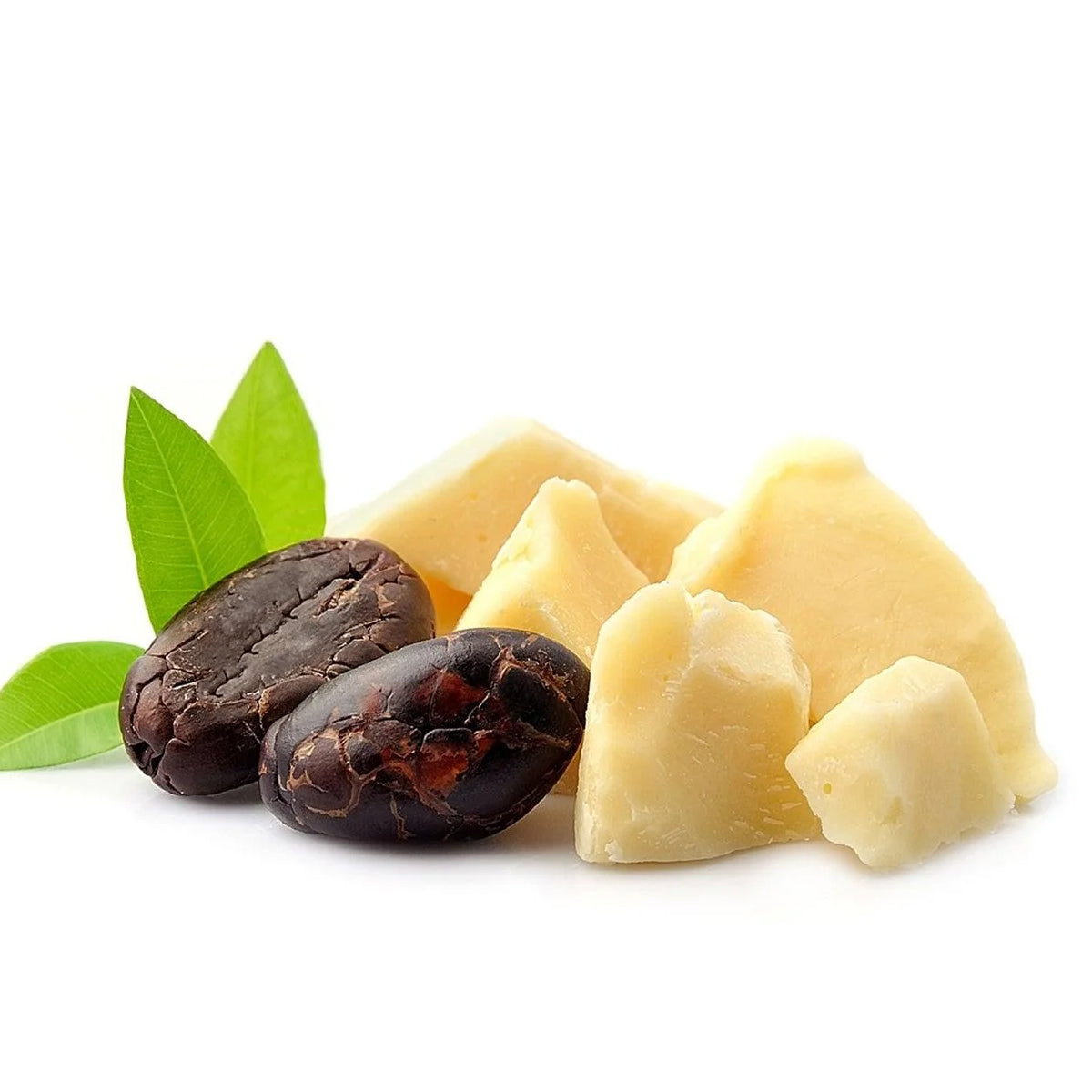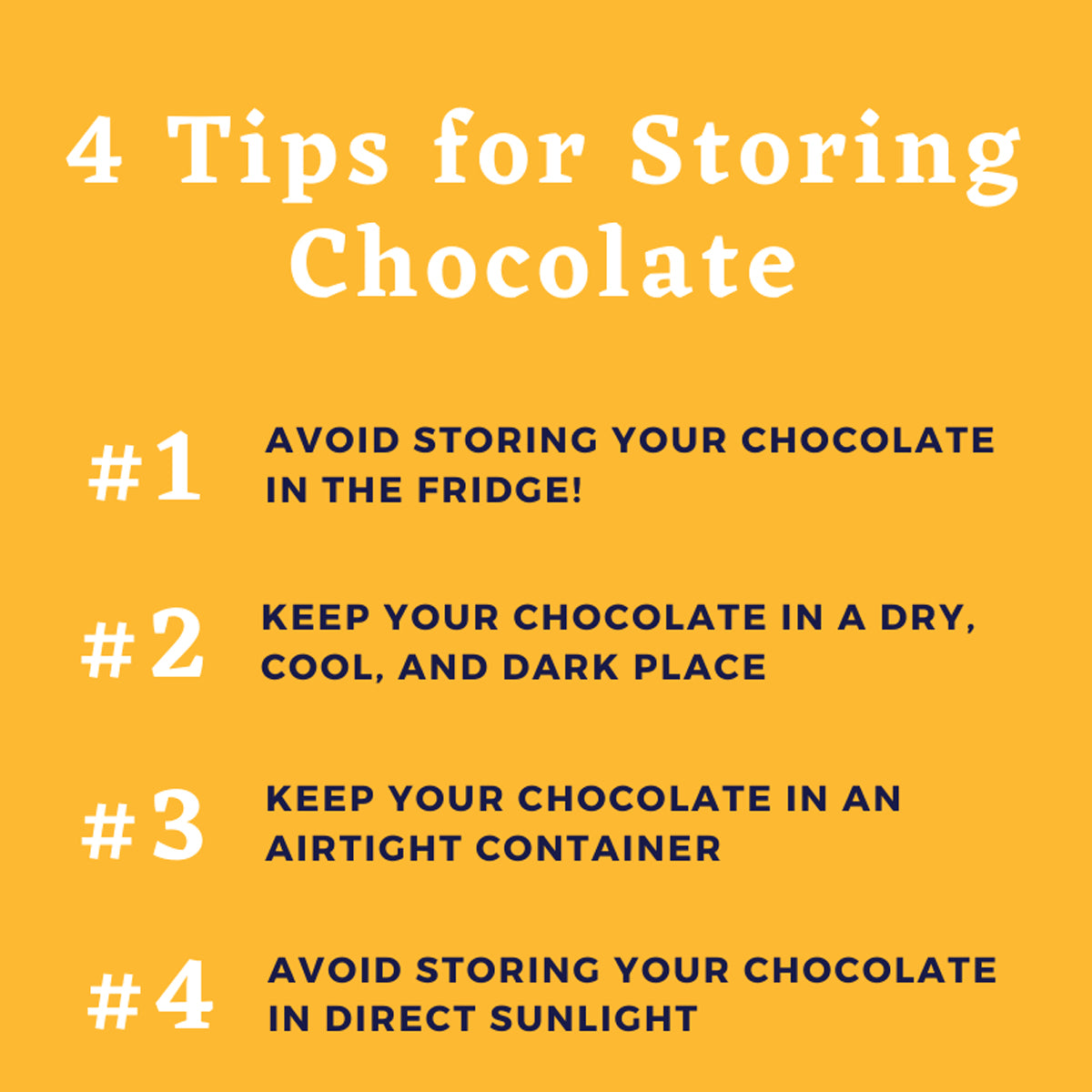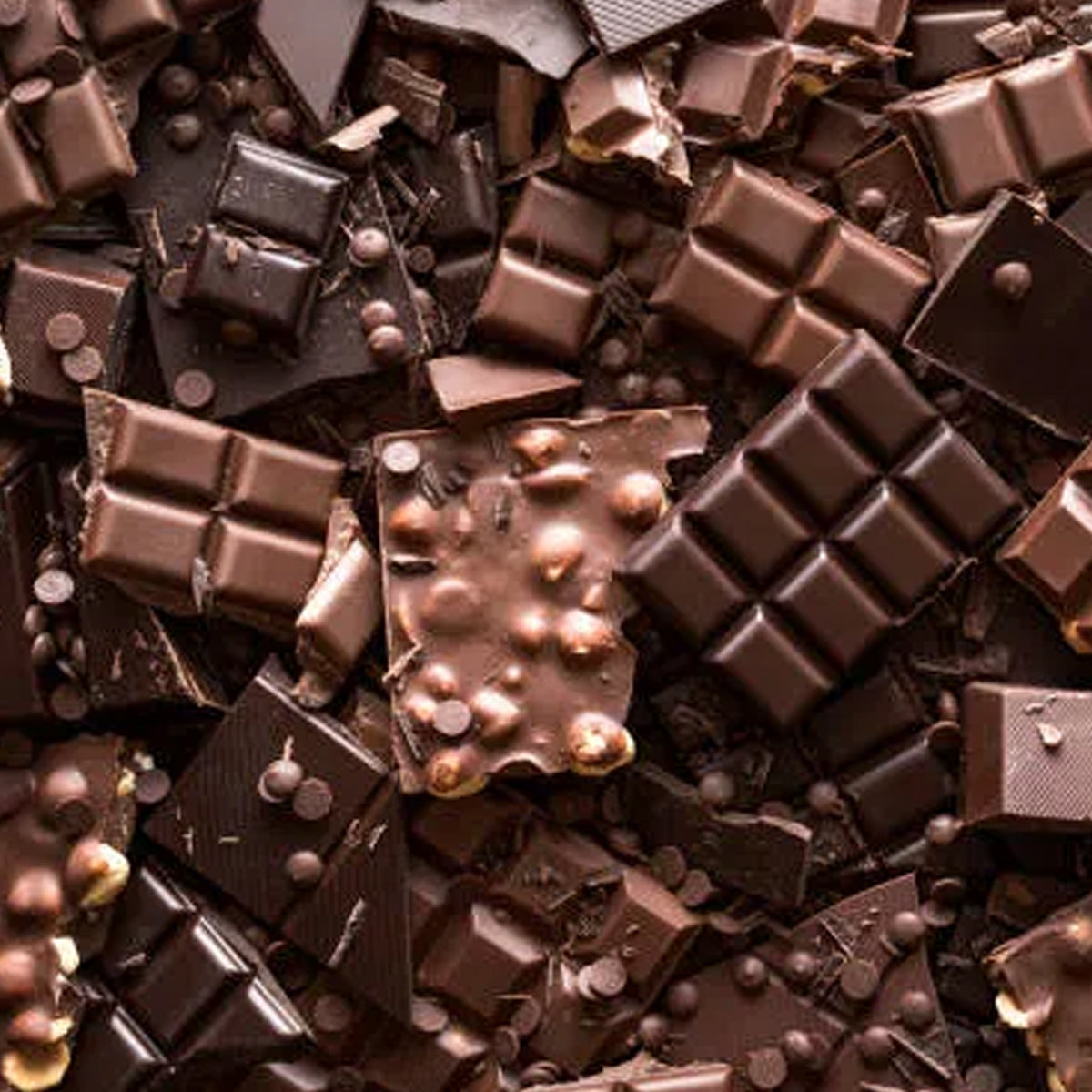Whether in confectionary or cosmetics, you’ve probably come across cacao butter. But what actually is it, how is it made and where can you buy it?
We’ve created the ultimate guide on everything you need to know about this aromatic fat.
What is Cacao Butter?
Cacao butter (also referred to as cocoa butter), is the edible fat that’s extracted from cocoa beans. In fact, around 55% of the bean’s weight is from the cacao butter.
It’s pale yellow in colour with a strong cocoa flavour and aroma. Despite the word ‘butter,’ in the name, this fat is entirely vegan and plant-based, stemming only from the cacao bean.
It has the amazing trait of melting just below human body temperature (34–38 °C) (93–101 °F). This is why chocolate is solid at room temperature and melts perfectly in our mouth.
It is also a popular ingredient in body and face lotions because of its moisturizing properties. It’s naturally rich in nutrients and antioxidants and is a stable fat that doesn’t go rancid easily, giving it a shelf life of three to five years. However, we’re going to focus on its use in chocolate rather than cosmetics. So how is it made?
How is Cacao Butter Made?
Cacao butter is made from cocoa beans, which are the seeds of the Theobroma cacao tree. Butter isn’t pressed from the raw beans, instead, they are first fermented, dried, roasted and cracked to create cacao nibs.
These nibs are then ground into a thick paste known as cocoa liquor.
The nibs and cocoa liquor are pressed, which separates the solid content from the fat (the cacao butter). The solid content goes on to become cocoa powder.
How is Cacao Butter Used?
Chocolate Makers
Some chocolate makers add extra cacao butter to their chocolate to improve the texture and mouthfeel. Adding extra butter can enhance the mouthfeel by making the chocolate creamier and melt quicker.
Whereas other chocolate makers, such as Solkiki in the UK, are going one step further.
They have recently released a cacao butter bar, similar to white chocolate in that it doesn’t contain cocoa solids, but with no dairy present either.
Solkiki described the Peruvian cacao butter they use for this bar as “truly an outstanding, it beat every blind, taste-test we endured over the course of several months.”
Chocolatiers
Cacao butter is a crucial ingredient for many chocolatiers who create truffles, bonbons, confections and lots more. Its addition decreases the viscosity (making the chocolate runnier).
This makes it easier to work with and for moulding chocolates. Adding cocoa butter also enhances the glossiness of the chocolate and improves the snap.
Chocolatiers also use it for creating colourful designs on their chocolates. Because the butter is so much lighter in colour than solid milk or dark chocolate, it can be mixed with all different colours and painted directly onto chocolate moulds.
Deodorised vs. Non-Deodorised
Not all cacao butter is the same. There are generally two types: deodorized and non-deodorized. Let’s take a look at some of the advantages and disadvantages of both.
Deodorised
Deodorized cacao butter has been treated either chemically or physically to reduce the natural odours. The most common method is where the butter is injected with high-heat steam. The outcome is a neutral flavour and light colour.
Deodorized cacao butter is commonly used for cosmetics as it doesn’t contain the strong cocoa aromas. It is also occasionally added by chocolatiers or chocolate makers to recipes when they don’t want a strong cocoa flavour and aroma to interfere with the other flavours they have used.
The downside of deodorising it is that the treatment of deodorising strips it of its highly beneficial natural nutrients and antioxidants. The vast majority of white chocolate you find in the shops is made with deodorised cacao butter. Because it’s been stripped of its aromas, the makers add vanilla and a lot of sugar.
This is why white chocolate often has a bad reputation for being overly sweet.
Non-Deodorised
Non-deodorised (or un-deodorised) cacao butter is unrefined and natural. Unlike its deodorised counterpart, it retains its pale-yellow colour and strong cacao flavour and aroma.
The benefit of non-deodorised is the creation of delicious single-origin white chocolate. Instead of relying on vanilla, the non-deodorised variety has enough flavour to create delicious white chocolate.
Moreover, non-deodorised cacao contains much more of the vital antioxidants present in cacao, making it the healthier choice.
The downside of using non-deodorised, is that its strong flavour might interfere with other flavours. For example, if a chocolate maker adds butter pressed from beans from say, Ghana, and adds this to beans from Venezuela, the strong flavours of the Ghanaian cacao butter may drown out the subtle flavour notes of the Venezuelan beans.
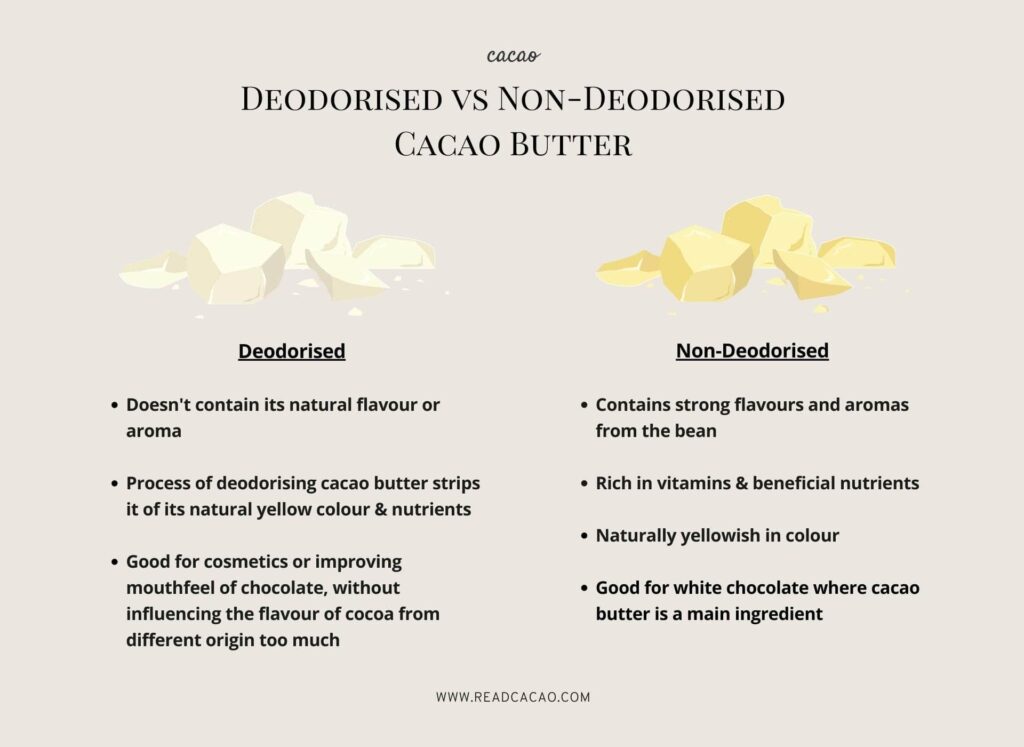
Health Benefits
Cacao butter is very healthy for the human body if consumed in moderation. It’s considered a heart-healthy fat as it’s high in monounsaturated and polyunsaturated fats. Healthy fats not only support your brain health, but they also boost your mood and can even help lower blood cholesterol levels.
It’s also a good source of magnesium, iron and Vitamin E. Moreover, cocoa butter is packed with powerful antioxidants flavanols. Antioxidants help lower inflammation in the body and support the immune system.
But as we learnt in the section above, all of these health benefits are found in the non-deodorised variety. The injection of steam to destroy the flavours and odours also destroys the natural antioxidants and other nutrients.
Where can you buy it?
| Image | Brand | Type | |
|---|---|---|---|
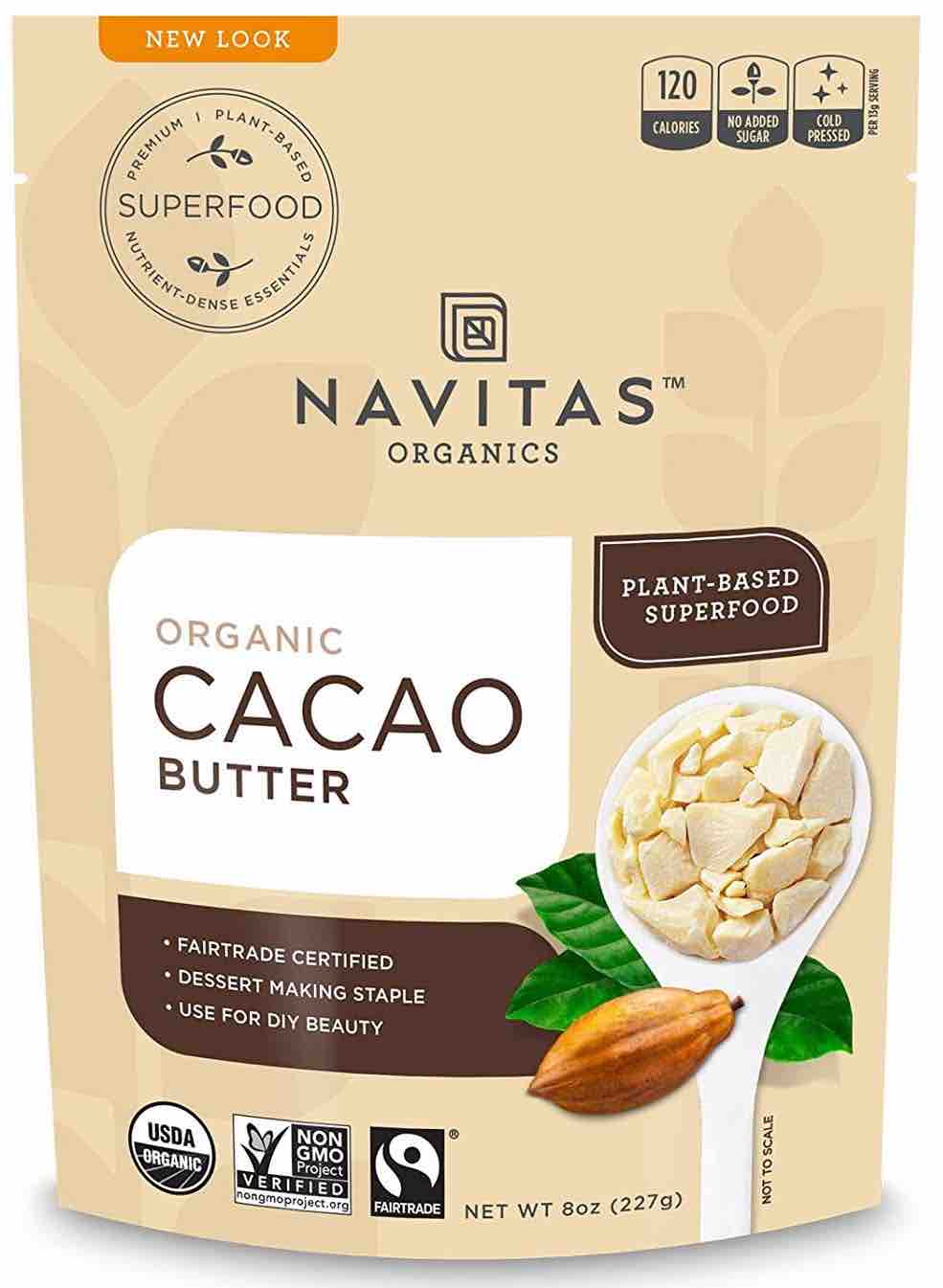 |
Navitas | Non-Deodorised | See on Amazon |
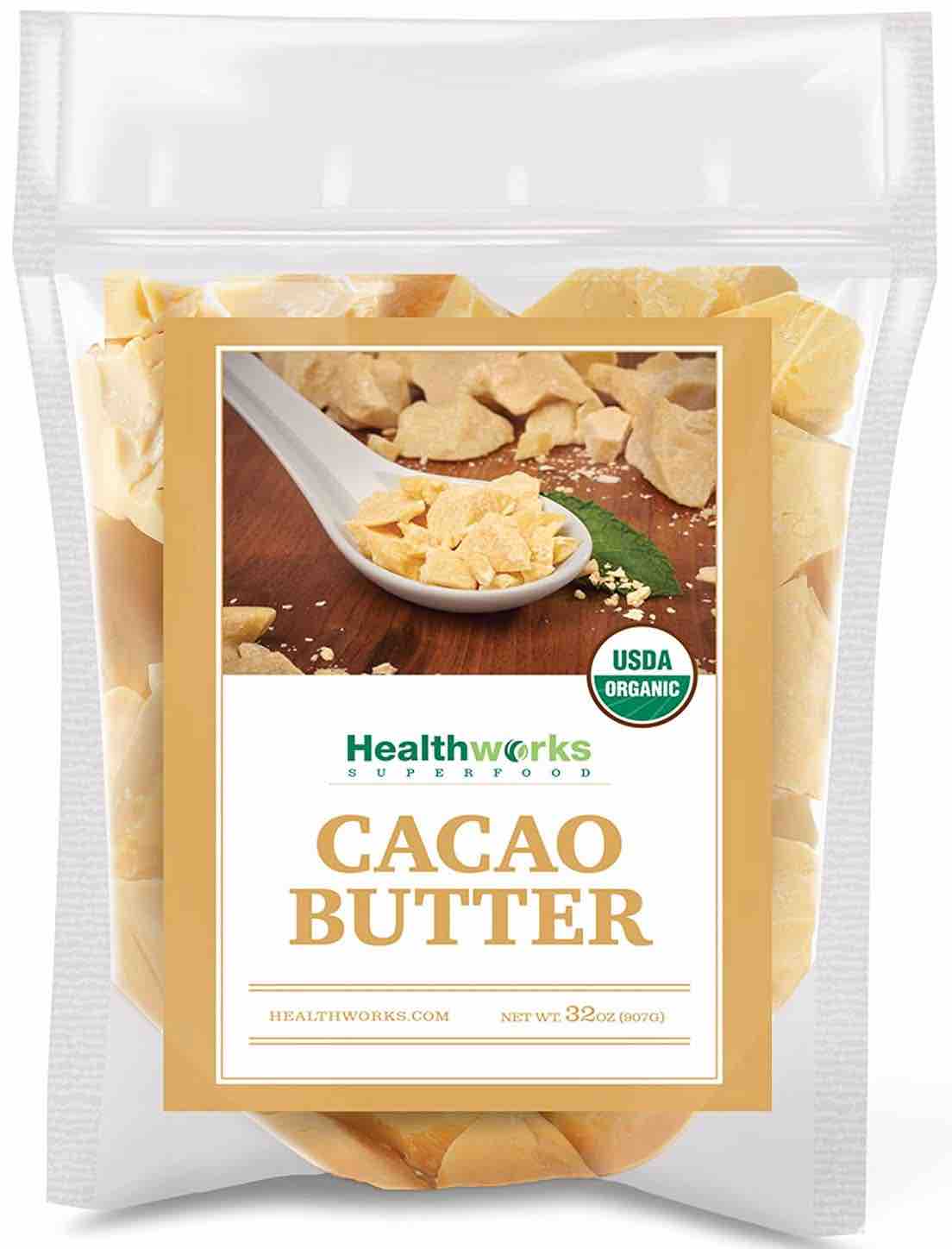 |
Healthworks | Non-Deodorised | See on Amazon |
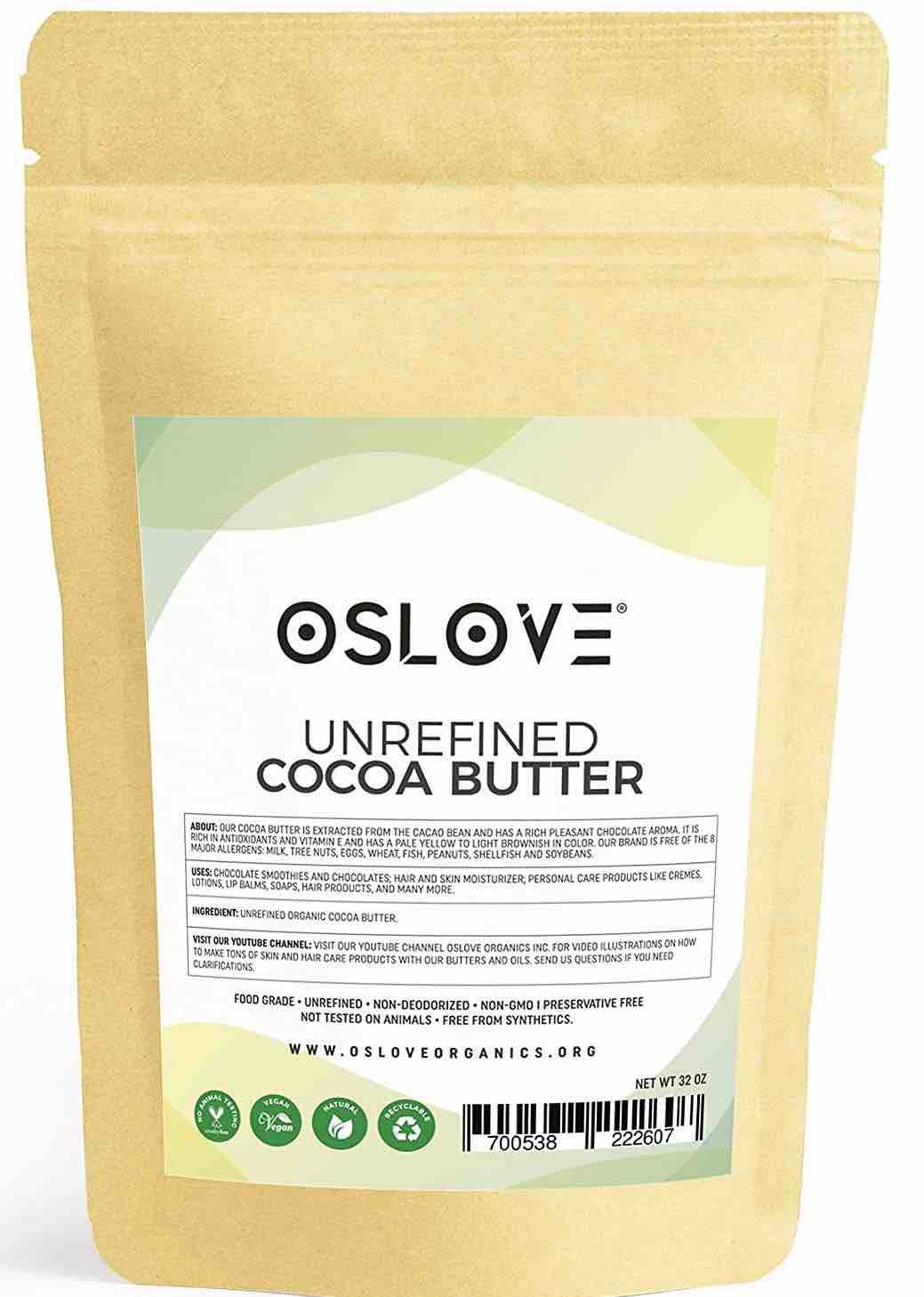 |
Oslove | Non-Deodorised | See on Amazon |
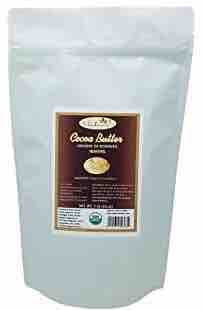 |
Hansi | Deodorised | See on Amazon |
Want to be added to this list or know of a great supplier? Let us know in the comments below!

